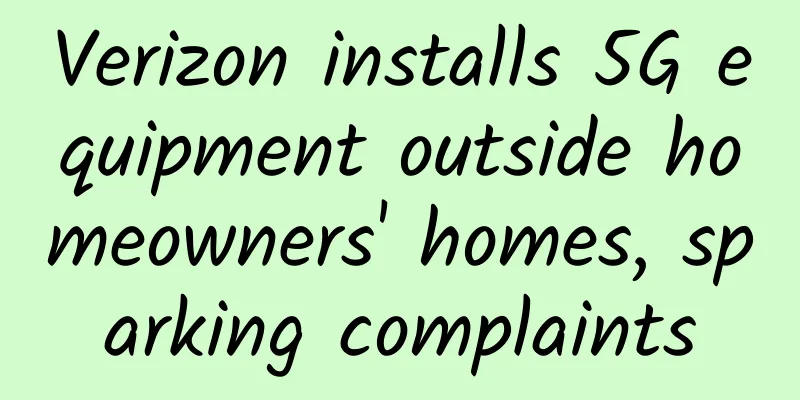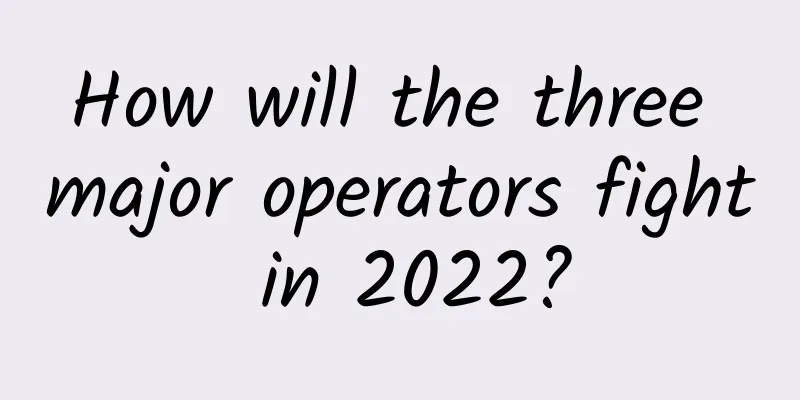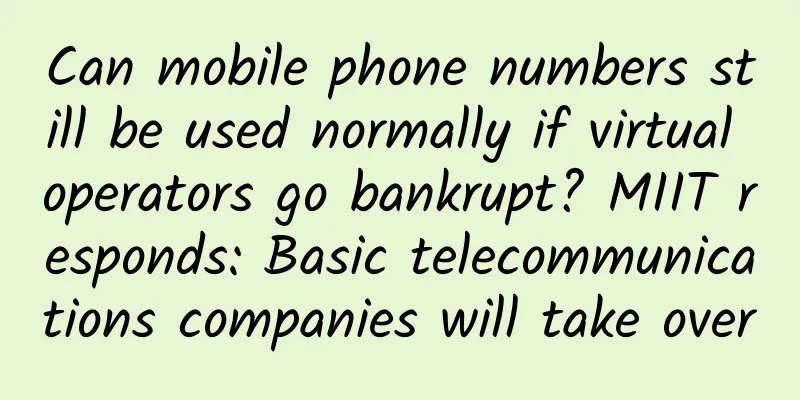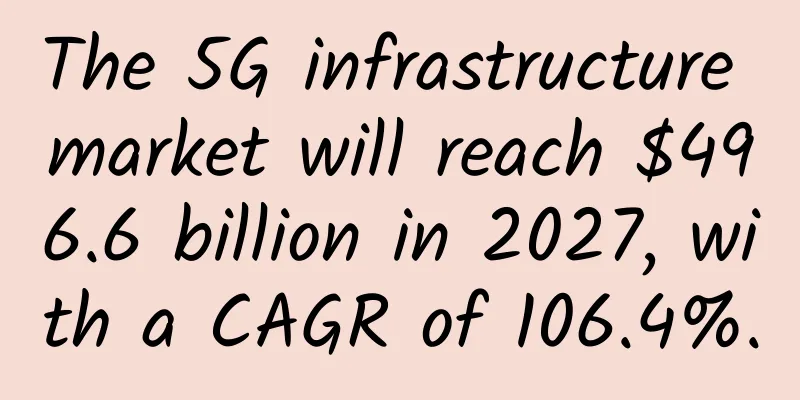How 5G will impact IoT technology
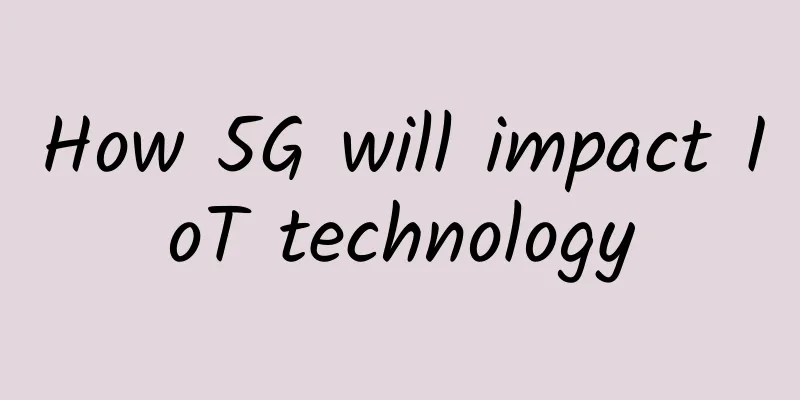
|
According to many predictions, the Internet of Things is expected to significantly change the way people live in the coming years. It has already seen growth in a wide range of use cases, including smart cities, remote patient monitoring and healthcare treatment, Industry 4.0 manufacturing, mobility with autonomous vehicles, VR technology, and more. Enterprises have been using IoT for years, but with the advent of 5G and edge AI computing, these use cases are now more effective and widespread. But what exactly is 5G technology? Let’s take a look! Market research companies analyzed that during the forecast period of 2021-2028, the compound growth rate of the 5G Internet of Things market will reach 73.46%, and the market value is expected to reach US$122.84 billion by 2028. What is 5G? How does 5G network technology work?5G means the next generation of mobile networks that will eventually replace and enhance 4G LTE. The impact of 5G technology is expected to be much greater than that of previous generations of networks. However, this unique technology greatly enhances network connectivity and opens up new possibilities for more creative solutions. Connected sensors and automated production lines that respond to demand and supply are just two examples of how 5G can accelerate innovation and improve user experience. How 5G works - Wireless networks are made up of cellular base stations that are divided into sectors that send data over radio waves. Fourth-generation (4G) Long Term Evolution (LTE) wireless technology provides the foundation for 5G. Unlike 4G, which required large, high-powered base stations to radiate signals over long distances, 5G wireless signals are transmitted through a large number of small base stations located in places such as light poles or building rooftops. The use of multiple small cells is necessary because of the millimeter wave (mmWave) spectrum - the frequency band between 30 and 300 gigahertz (GHz) that 5G needs to produce high speeds. Benefits of 5G Technology for BusinessThere is a real opportunity for businesses to begin digital transformation at scale. As adoption and usage increase, the benefits to businesses and individuals become increasingly clear. 5G technology has many benefits, including: 1. Low latencyThe amount of time between an action and a reaction is called latency. For example, the interval between clicking a web link and the browser displaying that web page. Compared to 4G LTE, 5G networks have much lower latency. According to one trial, it could be less than 5 milliseconds. By reducing latency to enable real-time networks, new applications such as the Internet of Things and artificial intelligence will be supported. 2. High capacity5G uses a wider spectrum and has 1,000 times the capacity of 4G. It will be able to connect thousands of connected devices, including smartphones, sensors and IoT devices, and will be able to handle multiple demanding applications simultaneously. 3. Network reliabilityThe Internet of Things will require the fast connections, low latency, and improved coverage of 5G networks. Businesses must first invest in developing 5G-compatible devices before they can benefit from these advances. What does 5G mean for the Internet of Things?5G wireless networks will provide an ideal telecommunications environment for IoT devices to operate at peak efficiency and provide maximum benefits. In particular, more real-time connections will become possible due to the high speed and ubiquity of 5G. Another benefit of 5G for IoT is its low latency. Requests will be processed by machines much faster. As a result, they will be able to "communicate" with others more successfully and with little to no delays. It is predicted that the 5G IoT market will reach US$1.5 billion in 2020 and is expected to grow at a compound annual growth rate of 72.9% from 2021 to 2026 to reach US$40 billion. What advantages will 5G bring to the Internet of Things?The main advantages of 5G are faster transmission speeds and lower latency, and therefore a greater ability to perform tasks remotely, a greater number of connected devices, and the possibility of implementing virtual networks (network slicing), providing more connections adjusted to specific needs. IoT has many uses in 5G, including: 5G combined with the Internet of Things can be used for process automation and maintenance predictive analysis in production workshops, which helps transform workflows into instrumented, data-collecting, digital processes while integrating operators, machines, and sensors to achieve desired business goals. 1. AutomationWithout sacrificing performance, IoT devices can be effectively controlled and monitored remotely using 5G. Thanks to seamless connectivity and increased network capacity, businesses will be able to automate the vast majority of tasks that currently require human interaction. This will streamline processes, improve overall business productivity, and reduce operating expenses. 2. Smart HomeThe ability to accommodate more devices on a 5G network will revolutionize the way smart homes function. Because of the variety of ways the various components of current smart home infrastructure operate, staying connected can be difficult. For example, a smart doorbell might communicate over WiFi, while a toaster might only use Bluetooth. Additionally, 4G doesn’t have enough channels to keep multiple devices connected at once. 5G can solve this problem by providing reliable coverage, minimal latency, and superior network performance. As a result, it will be possible to develop a truly interoperable system, rather than just putting many smart devices in a house. 3. Car InfotainmentThrough 5G networks, drivers and passengers can get instant information such as weather forecasts and traffic updates, as well as data-intensive in-car entertainment such as music and movies. With connected cars powered by 5G technology, internet access and data can be exchanged inside and outside the car, making commuting, navigating traffic and weather forecasts, and getting news updates faster and safer. This will be critical for self-driving cars, as they will provide aggregated data that will improve the ability to safely manage traffic obstacles and environments. 4. Modernization of retail storesWith the use of AR professionals and artificial intelligence, retail stores will be able to change the way they provide customer support. The bandwidth and workload required for technicians to conduct training, oversee business operations, provide guidance, and assist individuals in utilizing virtual reality and augmented reality will be provided by 5G and IoT. Store employees can view and evaluate the networked physical performance of their stores in real time through VR headsets. Based on data-driven predictive analysis, this can be used to assess low inventory, detect sales opportunities, build store displays, and provide relevant offers and discounts. For retail companies to be ready for customers and sales at all times, IoT smart devices can also be used to control inventory levels, detect shelf gaps, and find missing items. 5. TelemedicineTraditional telemedicine services and capabilities will be enhanced through 5G. To provide real-time diagnosis and treatment to patients everywhere, improved data capabilities and new cloud technologies will be able to collect and analyze large amounts of data and fine-tune treatments. With AI-assisted technology, clinicians can conduct examinations remotely on a computer or smartphone and provide reliable telemedicine diagnosis and treatment. Thanks to faster 5G network connections for devices, doctors will be able to track vital signs and provide appropriate support without the patient being present. 6. Fast data transmission speedHow well a batch performs will determine how successful it is. Its ability and speed to connect to other IoT devices, apps, websites, smartphones and tablets. With the advent of 5G technology, which is 10 times faster than current technology, the communication speed of IoT devices will increase significantly. This will increase the speed of applications in the medical and industrial fields, as well as the data transmission speed of home electronics. 7. Effective supply chain managementSupply chain integration improves the overall process, reduces costs, enhances customer experience, and reduces inventory failures during transportation. IoT devices enable factories and warehouses to track products, parts, and machinery in real time. With 5G, real-time product monitoring from production to end-user becomes possible. Thanks to 5G, sellers can receive notifications when shipments are sent or lost. 8. Remote maintenanceRemote machine maintenance and repair will become possible due to widespread use of mobile video streaming. By limiting the travel of experts, personnel and travel expenses can be reduced. These devices are placed in central locations to assist robots, less-trained workers, or a combination of both. Other benefits of combining 5G and IoT include:
in conclusionWith the current widespread reliance on mobile devices, the future of 5G and IoT will completely change the world in the coming years. It is the responsibility of every business to put 5G to work in a way that accelerates data analysis and provides customers with a better brand experience. |
>>: Matter is about to be launched. What surprises will it bring to the smart home market?
Recommend
Is the future of the new WIFI standard 802.11ad reliable?
Now there is a new WIFI standard that can increas...
Wide Area Networks: What You Need to Know in the Internet of Things Era
The total global IoT spending is estimated to rea...
TmhHost special package 4G memory 388 yuan/year, Los Angeles CN2 GIA/AS9929/Japan Softbank optional
TmhHost currently offers several special annual p...
The rewards and risks facing retailers in a 5G world
The rollout of 5G is expected to have a significa...
Understand IP addresses in one article: meaning, classification, subnet division, check and change, routers and IP addresses
This article will combine easy-to-understand pict...
Year-end review: 2020 network communication "three major" keywords
In 2020, the COVID-19 pandemic spread wildly arou...
Where is the future of 5G private networks?
The 4G and 5G networks that you usually use to ma...
CUBECLOUD Christmas 12% off, Hong Kong/Los Angeles CN2 GIA line VPS monthly payment starts from 60 yuan
I received a Christmas and New Year promotion fro...
How 5G deployment will impact enterprise network hardware and software
For most enterprises, IT teams will deploy fifth-...
[6.18] edgeNAT 40% off on all VPS annual payments, starting at 360 yuan for annual payments in Hong Kong/Korea/US data centers
edgeNAT is a Chinese hosting company established ...
WiFi 7 is coming, but is it really reliable?
There is no fastest, only faster. WIFI6 has just ...
WiFi is slow and stuck, maybe it’s a traffic jam
The NBA Finals are coming! But when using WiFi to...
RackNerd New Year Promotion, KVM in Los Angeles/Seattle/San Jose and other computer rooms starts at $9.89 per year
As Christmas and New Year are approaching, RackNe...
Friendhosting Spring Promotion, VPS at least 45% off for half a year starting from 7.6 euros
Friendhosting is a Bulgarian hosting company esta...
Why has the Bluetooth technology, which was almost forgotten, remained strong until now?
If you have used the earliest generations of smar...

